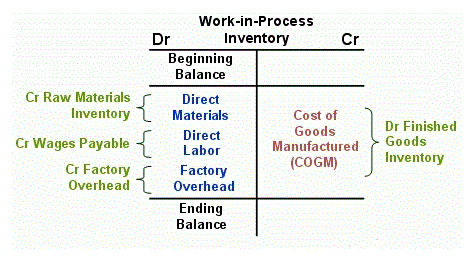
FreshBooks Software is a valuable tool that can help businesses efficiently manage their financial health. Contingent liabilities must pass two thresholds before they can be reported in financial statements. First, it must be possible to estimate the value of the contingent liability. If the value can be estimated, the liability must have https://www.bookstime.com/articles/startup-bookkeeping more than a 50% chance of being realized. Qualifying contingent liabilities are recorded as an expense on the income statement and a liability on the balance sheet. They are recorded on the company’s balance sheet and are normally listed on the balance sheet as current liabilities, and they’re adjusted at the end of an accounting period.
The Reporting Requirements of Contingent Liabilities
Liabilities are a vital aspect of a company because they’re used to finance operations and pay for large expansions. A wine supplier typically doesn’t demand payment when it sells a case of wine to a restaurant and delivers the goods. It invoices the restaurant for the purchase to streamline the drop-off and make paying easier for the restaurant. She specializes in making financial planning concepts accessible to young professionals. Cicely has been recognized as the top producer on her team and was the first woman in 20 years to reach the vice president level in her organization.
How Liabilities Work
- These protections do not apply if the money in these accounts was used for illegal purposes.
- She has worked in multiple cities covering breaking news, politics, education, and more.
- AP can include services, raw materials, office supplies, or any other categories of products and services where no promissory note is issued.
- While it might seem like debits and credits are reversed in banking, they are used the same way—at least from the bank’s perspective.
- Although average debt ratios vary widely by industry, if you have a debt ratio of 40% or lower, you’re probably in the clear.
It can be real like a bill that must be paid or potential such as a possible lawsuit. A company might take out debt to expand and grow its business or an individual may take out a mortgage to purchase a home. AP typically carries the largest balances because they encompass day-to-day operations. AP can include services, raw materials, office supplies, liability account meaning or any other categories of products and services where no promissory note is issued. Most companies don’t pay for goods and services as they’re acquired, AP is equivalent to a stack of bills waiting to be paid. Michelle Payne has 15 years of experience as a Certified Public Accountant with a strong background in audit, tax, and consulting services.
- By incorporating potential liabilities into cash flow forecasts, businesses can ensure they have adequate funds available to meet their obligations as they arise.
- The following rules of debit and credit are applied to record these increases or decreases in individual ledger accounts.
- Contingent liabilities are potential liabilities that depend on the outcome of future events.
- Liabilities also indicate how the company manages its assets and equity.
- Cicely’s notable articles include ‚How To Build Generational Wealth In 6 Steps‘ and ‚How To Set Yourself Up For Financial Success In Your 20s.‘ She splits her time between San Francisco and New York City.
- Our work has been directly cited by organizations including MarketWatch, Bloomberg, Axios, TechCrunch, Forbes, NerdWallet, GreenBiz, Reuters, and many others.
Related AccountingTools Courses
- For instance, assume a retailer collects sales tax for every sale it makes during the month.
- It’s a long-term liability if a business takes out a mortgage that’s payable over a 15-year period but the mortgage payments that are due during the current year are the current portion of long-term debt.
- If a court is likely to rule in favor of the plaintiff, whether because there is strong evidence of wrongdoing or some other factor, the company should report a contingent liability equal to probable damages.
- A company may take on more debt to finance expenditures such as new equipment, facility expansions, or acquisitions.
Deciding when to fire an employee requires careful consideration and a clear understanding of how their actions impact the team and company … A liability is anything you owe to another individual or an entity such as a lender or tax authority. The term can also refer to a legal obligation or an action you’re obligated to take. Adam Hayes, Ph.D., CFA, is a financial writer with 15+ years Wall Street experience as a derivatives trader.


Simultaneously, in accordance with the double-entry principle, the bank records the cash, itself, as an asset. The company, on the other hand, upon depositing the cash with the bank, records a decrease in its cash and a corresponding increase in its bank deposits (an asset). According to the accounting equation, the total amount of the liabilities must be equal to the difference between the total amount of the assets and the total amount of the equity. Companies segregate their liabilities by their time horizon for when they’re due. Current liabilities are due within a year and are often paid using current assets. Non-current liabilities are due in more than one year and most often include debt repayments and deferred payments.

How do companies incur Liabilities?

The Impact of Liabilities on Financial Statements
